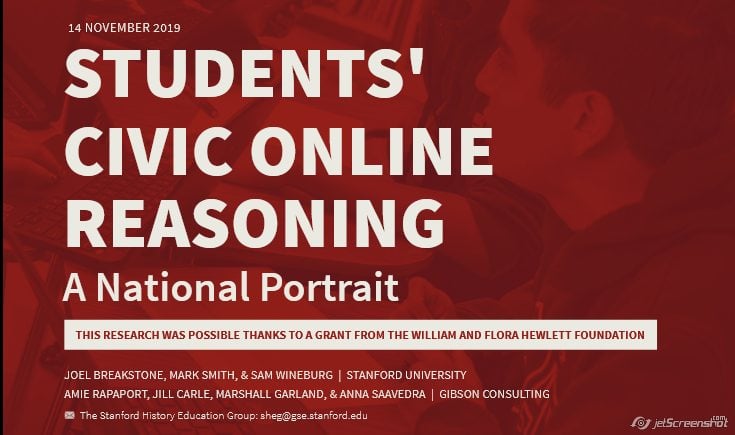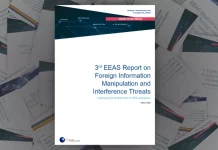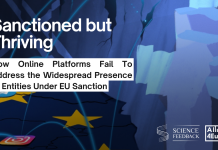By Stanford History Education Group & Gibson Consulting
Preferred Citation Breakstone, J., Smith, M., Wineburg, S., Rapaport, A., Carle, J., Garland, M., & Saavedra, A. (2019). Students’ civic online reasoning: A national portrait. Stanford History Education Group & Gibson Consulting. https://purl.stanford.edu/gf151tb4868 Collection Graduate School of Education Open Archive
Access conditions
Use and reproduction User agrees that, where applicable, content will not be used to identify or to otherwise infringe the privacy or confidentiality rights of individuals. Content distributed via the Stanford Digital Repository may be subject to additional license and use restrictions applied by the depositor. License This work is licensed under a Creative Commons Attribution-Noncommercial-No Derivative Works 3.0 Unported License
Description
Type of resource Text Date created November 14, 2019
Creators/Contributors
Author Breakstone, JoelSmith, MarkWineburg, SamRapaport, AmieCarle, JillGarland, MarshallSaavedra, Anna
Abstract/Contents
In November 2016, the Stanford History Education Group released a study showing that young people lacked basic skills of digital evaluation. Since then, a whole host of efforts—including legislative initiatives in 18 states—have sought to address this problem.
From June 2018 to May 2019, we administered an assessment to 3,446 students, a national sample that matches the demographic profile of high school students in the United States. The six exercises in our assessment gauged students’ ability to evaluate digital sources on the open internet.
The results—if they can be summarized in a word—are troubling:
On one task, students evaluated a grainy video claiming to show
ballot stuffing in the 2016 Democratic primaries (the video was actually
shot in Russia). Fifty-two percent believed it constituted “strong
evidence” of voter fraud in the U.S. Among more than 3,000 responses,
only three students tracked down the source of the video, even though a
quick search turns up a variety of articles exposing the ruse.
Asked to evaluate Slate’s home page, where some tiles are news stories and other ads (set off by the words “Sponsored Content”), two-thirds of students couldn’t tell the difference.
Students displayed a troubling tendency to accept websites at face value. Ninety-six percent failed to consider why ties between a climate change website and the fossil fuel industry might lessen that website’s credibility. Instead of investigating who was behind the site, students focused on superficial markers of credibility: the site’s aesthetics, its top-level domain, or how it portrayed itself on the About page.
Nearly all students floundered. Ninety percent received no credit on four of six tasks. Reliable information is to civic health what proper sanitation and potable water are to public health. A polluted information supply imperils our nation’s civic health. We need high-quality digital literacy curricula, validated by rigorous research, to guarantee the vitality of American democracy.
Education moves slowly. Technology doesn’t. If we don’t act with urgency, our students’ ability to engage in civic life will be the casualty.
The full text of the recearch is here.
Subjects
Subject civic online reasoning media literacy digital literacy inquiry assessment Stanford Graduate School of Education Stanford History Education Group Genre Article
Bibliographic information
Related item Stanford History Education Group websiteCivic Online Reasoning website
Contact information
Contact [email protected]
Also listed in
By Stanford History Education Group & Gibson Consulting





